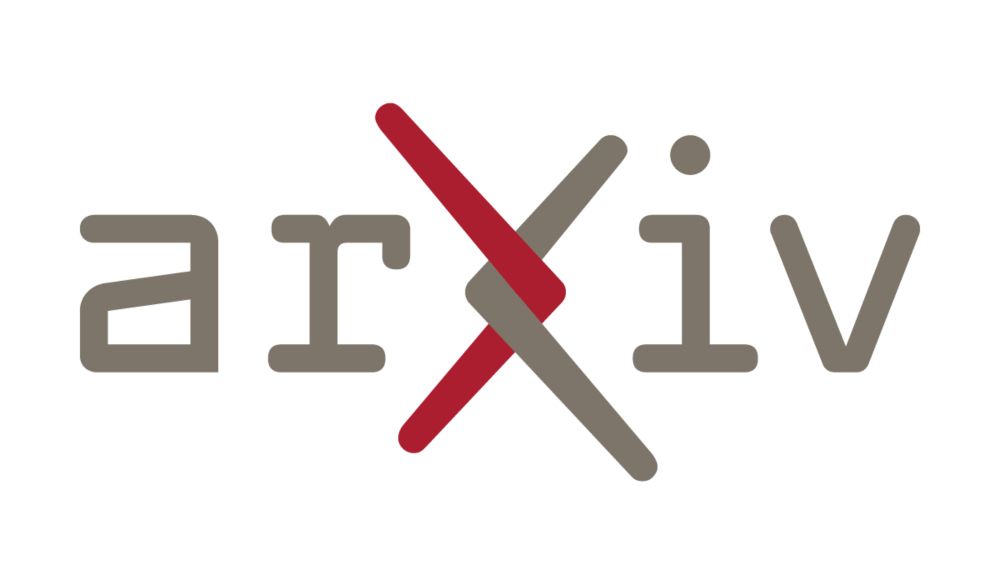Simona Liao
@simonaliao.bsky.social
63 followers
2 following
6 posts
She/They
UW CSE Master Graduate on Human Computer Interaction
Product Manager @ Microsoft
Posts
Media
Videos
Starter Packs
Simona Liao
@simonaliao.bsky.social
· Dec 2
Simona Liao
@simonaliao.bsky.social
· Dec 2
Simona Liao
@simonaliao.bsky.social
· Dec 2

LLMs as Research Tools: A Large Scale Survey of Researchers' Usage and Perceptions
The rise of large language models (LLMs) has led many researchers to consider their usage for scientific work. Some have found benefits using LLMs to augment or automate aspects of their research pipe...
arxiv.org


